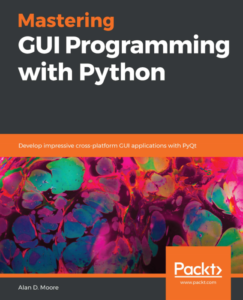As many parents of boys can tell you, the dream careers of “Fireman” and “Astronaut” have long since been supplanted by “Video game programmer” (and “Lego designer”, but that’s another article…). Pretty regularly I hear from other parents that their son has an aspiration to learn programming so that he can make video games, and my own boys are no exception. This isn’t an entirely bad thing.
Kids want to make games because they understand games, and for many of them games are the most compelling thing they do on a computer. It’s not a bad way to get started in computer programming; frankly, anything that motivates you to write code is a good way to get started in programming. If that thing is games, so be it; if it’s a loan amortization calculator, that works too. Far be it from me to discourage any aspiring programmer from coding whatever gets his or her brain ticking.
Even so, there are three morsels of food-for-thought that young people and their encouraging parents should chew on when a child sets his (or her) sights on a career in video game design.


